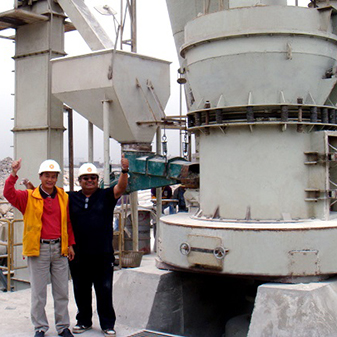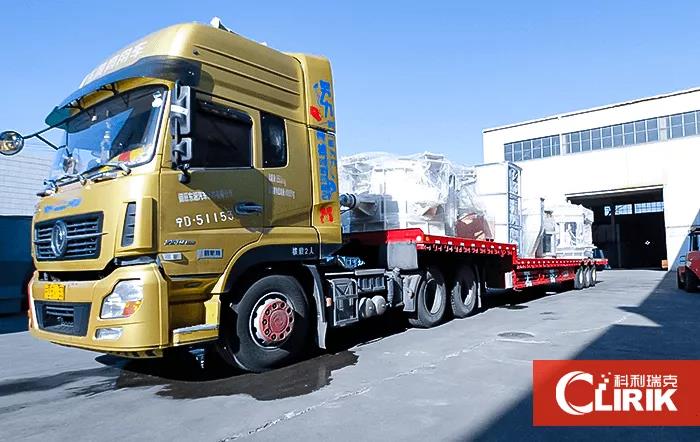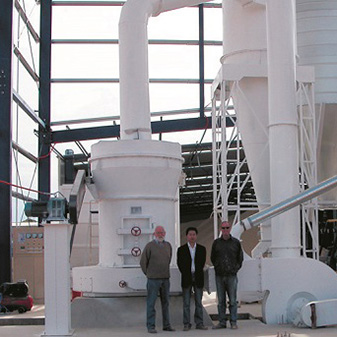Petroleum coke is a product obtained by separating light and heavy oil from crude oil by distillation, and then converting the heavy oil through a thermal cracking process. It has irregular shapes and the main element is carbon. According to different forms, it can be divided into needle coke, There are four types of shot coke or ball coke, sponge coke and powder coke.
As a fuel, petcoke can replace heavy oil and is a good way for new energy applications. It can also be used in industries such as graphite production, smelting, and chemical industries. The largest user of petroleum coke in the world is the cement industry, followed by the production of pre-baked anodes for aluminum smelting or graphite electrodes for steel smelting after calcination of petroleum coke. With the prosperity of the construction industry, the petroleum coke industry is also bullish all the way, and the future can be expected.
Petroleum coke powder is generally divided into four types: coarse powder processing (0-3 mm), fine powder processing (20-400 mesh), ultra-fine powder processing (400-1250 mesh) and micro powder processing (1250-3000 mesh).
First, the petroleum coke is crushed and processed by a jaw crusher, and then the crushed petroleum coke enters the dryer for drying and dehydration, and then is subjected to strong grinding processing by the Raymond mill to make the petroleum coke into petroleum coke powder, the petcoke powder is continuously and uniformly sent to the rotary kiln for calcination processing by the conveyor to obtain qualified petcoke powder.
There are many pulverizers for grinding petroleum coke, and the supply of environmentally friendly pulverizer equipment meets the needs of different fineness and production capacity.
Raymond grinding mill: 50-500 mesh,Suitable for fine powder processing;
Capacity: 1-30 t/h
Max feeding size: 20 mm
Processing ability: 1-30 t/h
Application areas: heavy calcium carbonate (limestone, calcite, marble, dolomite, etc.), large non-metallic mineral powder (dolomite, barite, talc, gypsum, kaolin, bauxite, bentonite, etc.), solid fuel production Powder (blast furnace coal injection, petroleum coke, carbon block, carbon, etc.); power plant environmental protection desulfurization limestone powder; slag powder processing; building materials, chemical, metallurgical and other industries grinding projects.
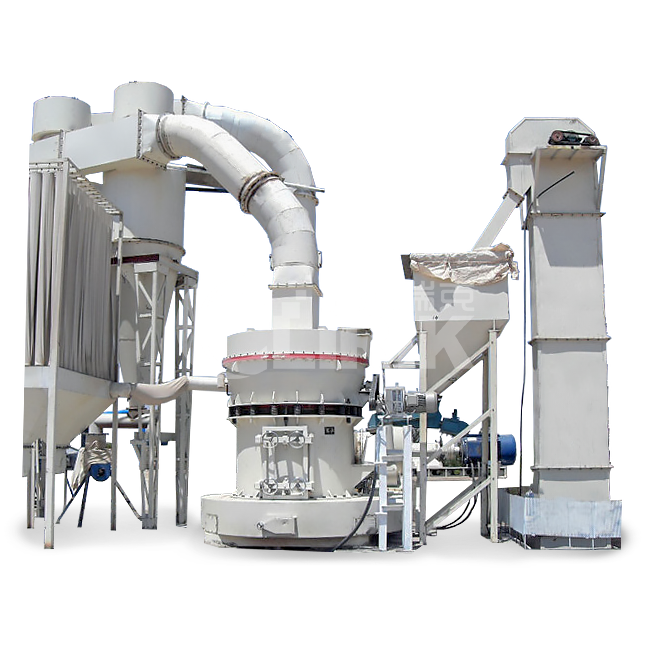
HGM ultrafine grinding mill: 325-2500 mesh,Suitable for ultra-fine powder processing;
Capacity: 0.2-45t/h
Max feeding size: 25mm
Processing ability: 0.2-45t/h
Range of application: Barite, quartz, feldspar, mica, calcite, talc, apatite, gypsum, fluorite, limestone, dolomite, diatomite, ceramic soil, clay, marble, granite, fly ash, kaolin, calcium carbonate, slag, bauxite, glass, etc.
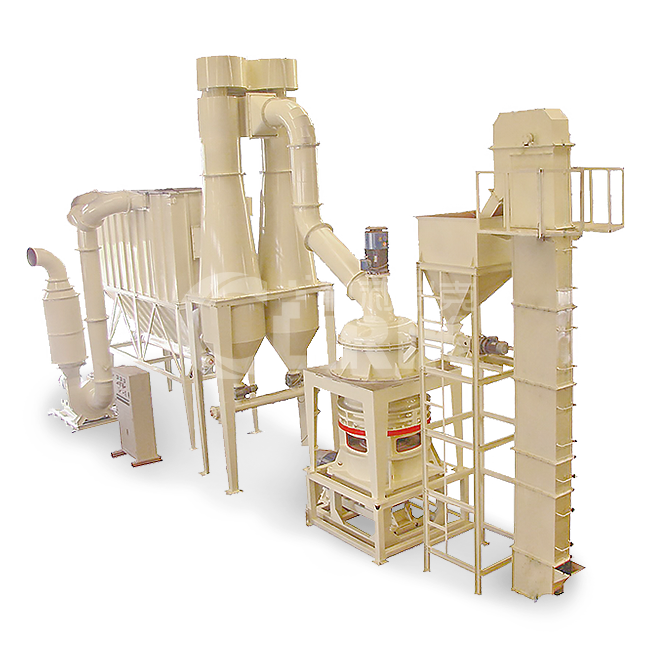
CLUM vertical milling machines: 300-3000 mesh,Suitable for ultrafine powder and micro powder processing;
Capacity: 0.2-45 t/h
Max feeding size: 30mm
Range of application: widely used in chemical, metallurgy, non-metallic mining and other industries, suitable for huge capacity producing, widely used in grinding non-flammable and non-explosive materials under 7(the Moh's hardness)
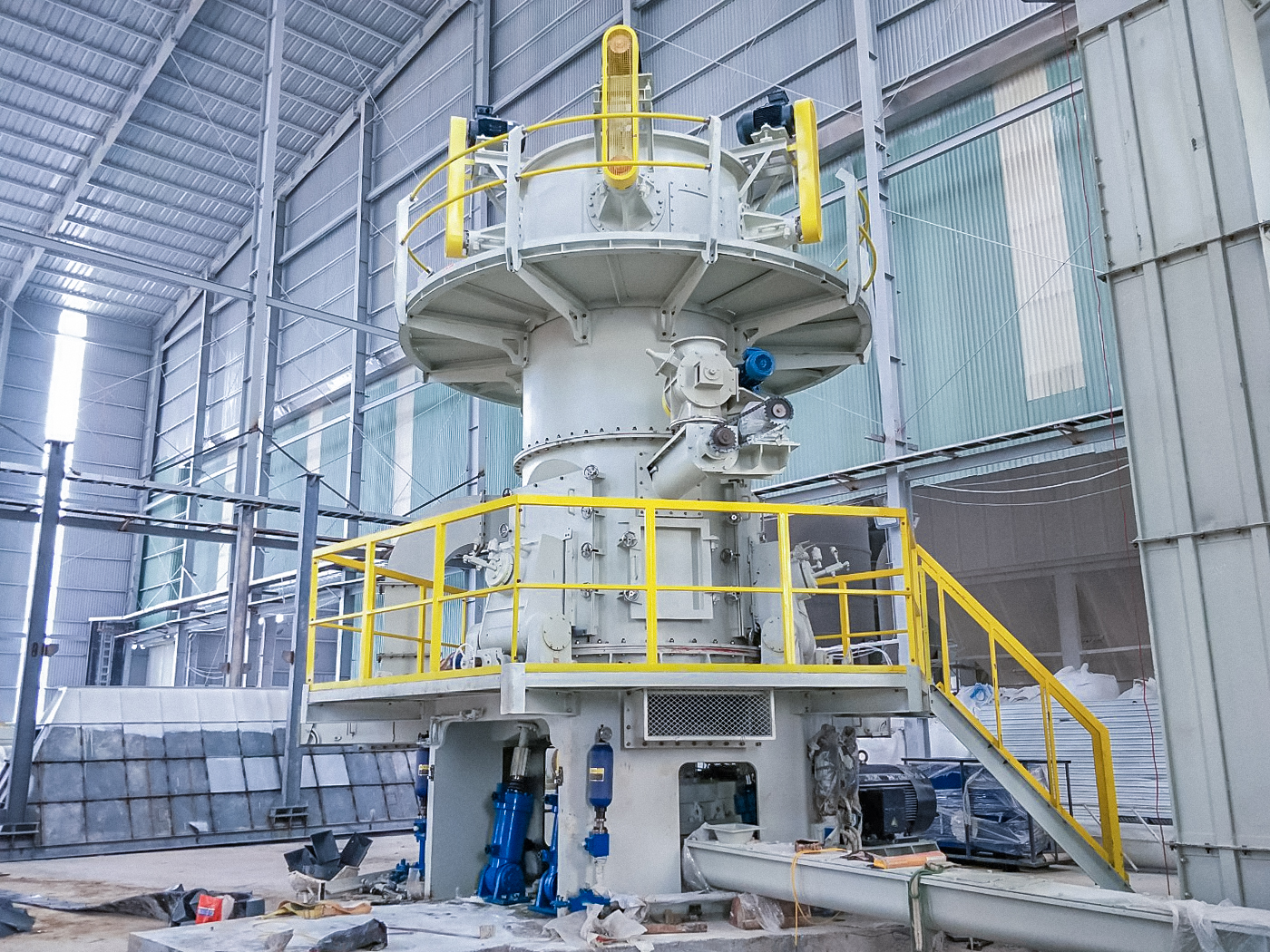
Learn more about milling equipment
Petroleum coke grinding process:
The first stage: crushing, the large piece of petroleum coke is crushed by the crusher to the fineness of the feed material (15mm-50mm) that can enter the mill.
The second stage: grinding, the crushed small pieces of petroleum coke are sent to the silo by a hoist, and then sent to the grinding chamber of the mill by a vibrating feeder evenly and quantitatively for grinding.
The third stage: classification, the ground petroleum coke powder is classified by the classifier, and the unqualified powder is classified by the classifier and then returned to the main machine of the mill for re-grinding.
The fourth stage: powder collection, the petroleum coke powder that meets the fineness is separated and collected by the airflow through the pipeline into the dust collector, and the collected product powder is sent to the finished product silo through the discharge port by the conveying device, and then uniformly loaded Powder tanker or automatic baler for packaging.

